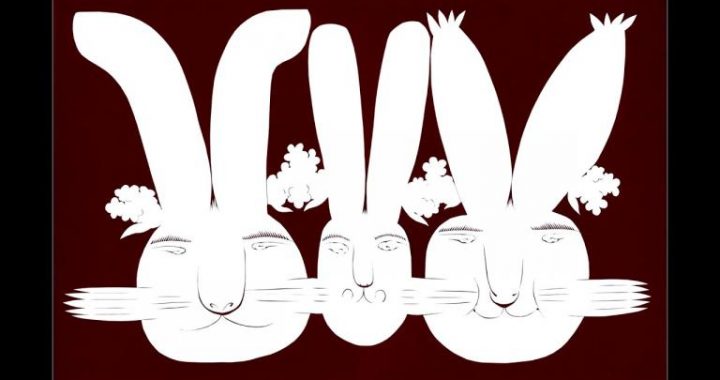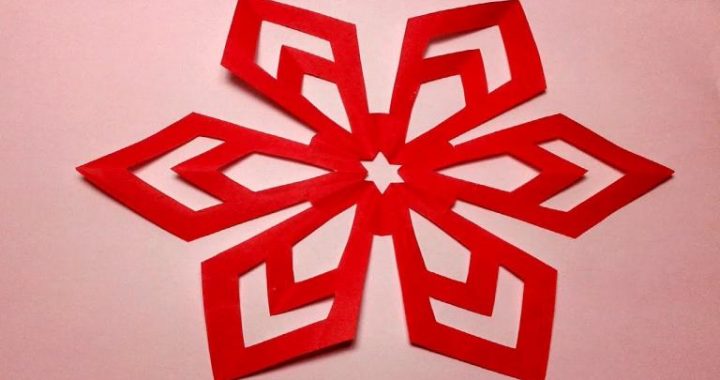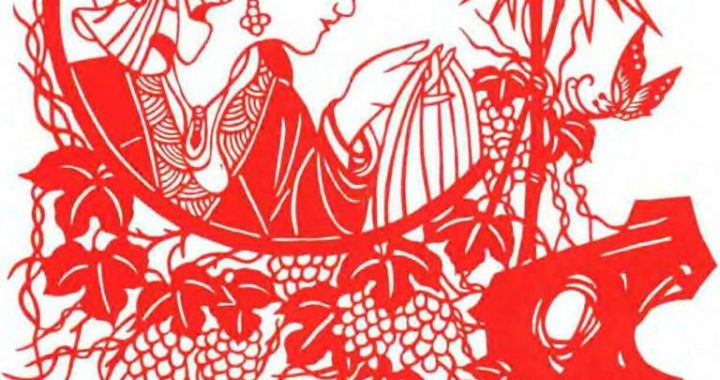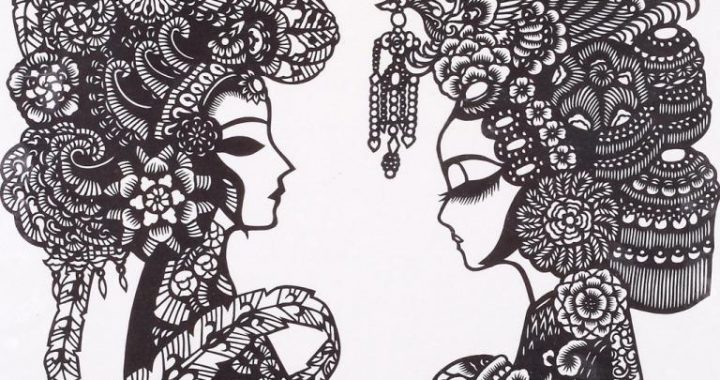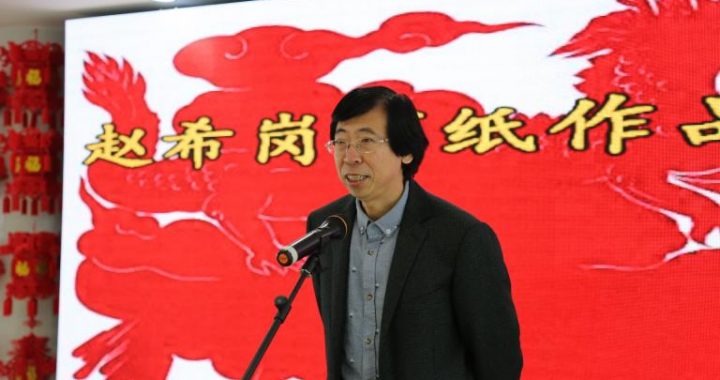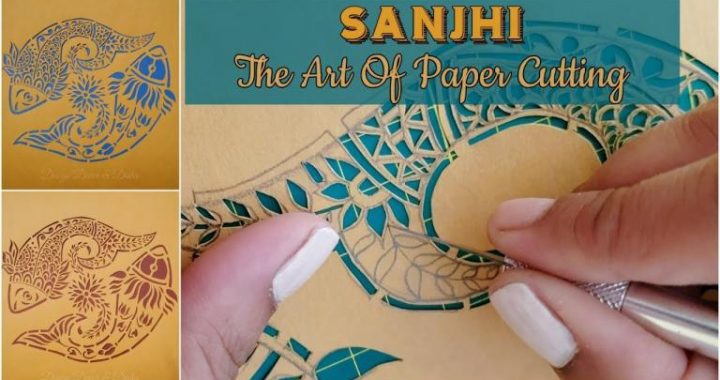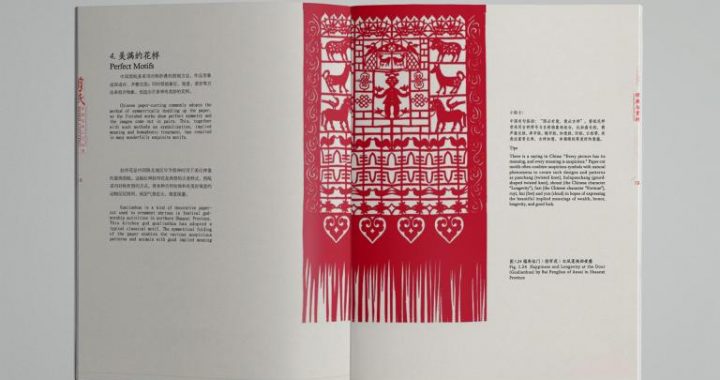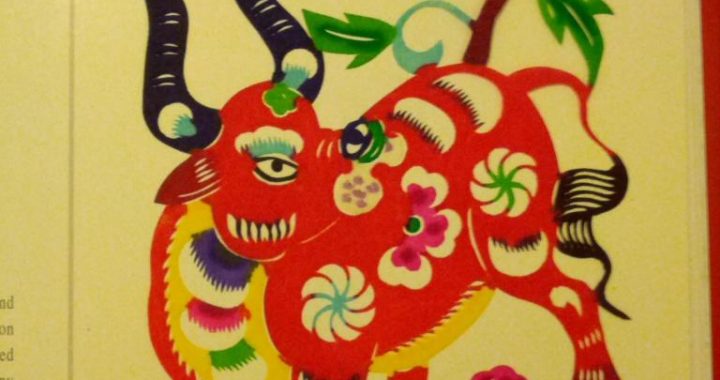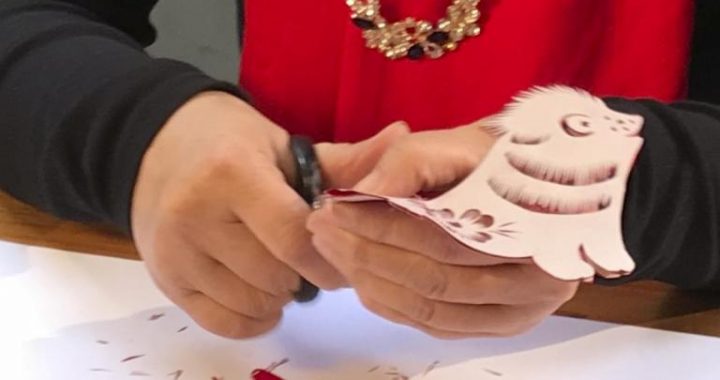Masks and the Culture of Exorcism
6 min readPingxiang along the mid-stream of the Yangtze River is a border area of Hunan and Jiangxi provinces, situated right in between of the Dongting Lake and the Poyang Lake. In 1980s, when I set my foot onto this part of the world, I encountered an overwhelming, massive exorcist culture, with a general’s statue every 5 li; and an exorcist temple every 10 li. I felt like being in an ancient world of totem culture and the center of a tribal culture. Sima Qian recorded in Shi Ji(Historical Records), “Old time Miao tribe had Dongting on the left and Pengli on the right.” The place he referred to was right along the border area of Hunan and Jiangxi, the birthplace of Miao-Li tribal culture headed by Chiyou in the ancient times.
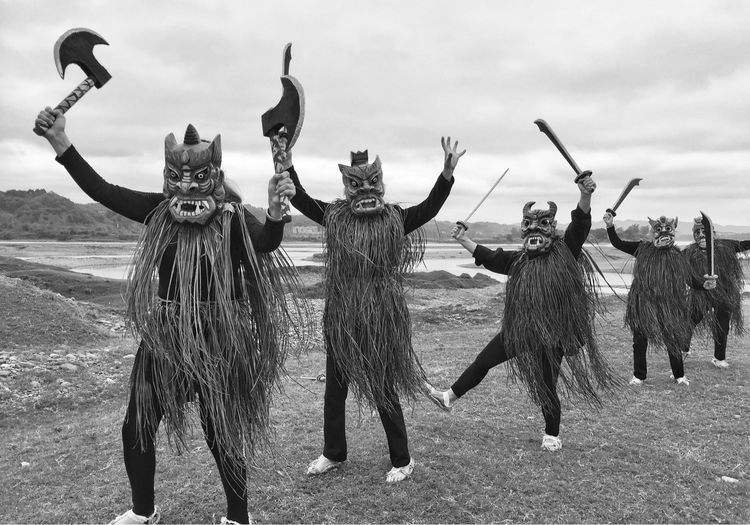
Exorcist activities at an exorcist temple(Pingxiang, Jiangxi)
Exorcist dance(Pingxiang, Jiangxi)
Exorcist play ‘Zhang Wenxian”(Guichi, Anhui).
Unearthed in 1989 from a commercial tomb in Xin’gan, Jiangxi Province, the bronze mask with ox horns and protruding teeth on human face; and the pottery mask from the close-by- Qingjiang Wu relics; both fitted in with the totem image of Chiyou described as having a “bronze head with horns” in the historical records. It was also the image of the “mountain opener” in the culture of exorcism prevailed in Pingxiang. They helped us visualize the folk customs in Shang-Zhou period that people wore exorcist masks to dispel evil and pestilence. This resembles in Zhou Li (Zhou Rites), “Fangxiang appeared in red and dark robe. He had four golden eyes, and covered his hands and feet with bare fur Holding a shield and a dagger-axe in hands and having hundreds followers under his command, he was ready to fight off demons and pestilence. “This folk wizard custom spread from the mid-stream in Yangtze River to the east and the west covering the entire Yangtze River valley, and to the north into Sichuan and southern Shaanxi, connecting with the central plain culture of the middle reaches in the Yellow River. With a history of over 7,000 years since primitive society, the culture of exorcism is like an important live fossil in the study of Chinese historical culture.
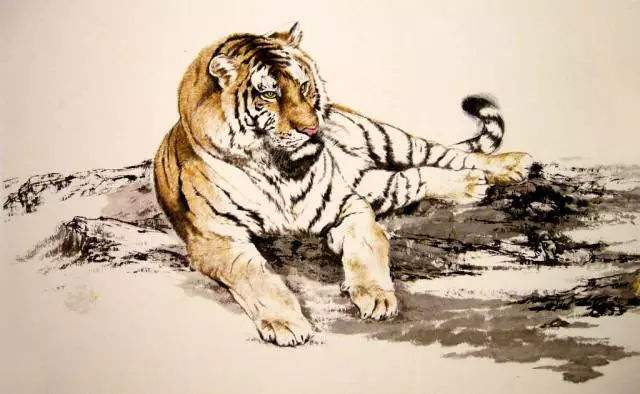
If we connect the time and location of all the images and masks, the tiger face with long teeth on the 7,500-year-old pottery from Hunan; the sketches of a tiger with long teeth on the 6,000-year-old ivory ware from Gansu and Shaanxi; and the 5,000-year-old tiger face jade ware with protruding teeth from Liangzhu Culture in Wuxian County in Jiangsu Province; we would see a culture belt of tiger totem stretching all the way from the Yangtze River valley to the Yellow River basin. In addition, we have the bronze masks with ox horns and tiger teeth from the Xin’gan tomb of the Shang Dynasty in Jiangxi, and bronze ox masks from Sanxingdui of the Shang Dynasty in Guanghan, Sichuan; together they formed a very unique image of Chinese “exorcist warrior” to protect the people and their residence in the area.
Wood carving exorcist mask from the Yuan dynasty(profile).
Wood carving exorcist mask from the Yuan dynasty (front).
Through the practice of exorcist ceremonies, dance and theatres, people created a full house of good and vicious characters with different personalities, including father exorcist and mother exorcist in western Hunan and Guizhou; Tang, Ge, Zhou three generals and the high commander in Jiangxi civil officials and warriors; handsome men and women; fairies and ghost; monks and priests. Following Chinese philosophy and aesthetics, the facial masks were drawn in a formulized way based on the nature of the characters, and touched up by symbolic colors and decorations. Virtue and evil beauty and beast, were portrayed most vividly through facial make-ups in figures representing loyal and courageous warriors; upright and virtuous civil officials;
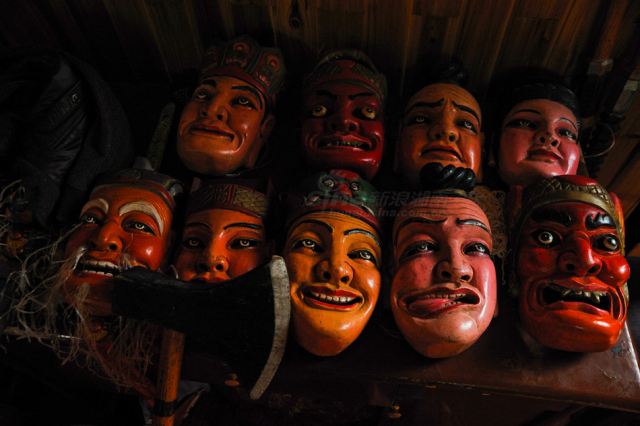
handsome young men and beautiful girls; friendly elders; green-faced, long toothed demons and ghosts. Dispelling evil and amplifying the brave and the honest for the peace of mind and a safe and comfortable life are the social base for the very existence of the culture of exorcism through all time.
The unique art style exhibited in the woodcut exorcist masks from the Song, Yuan, Ming and Qing dynasties in the temples of Pingxiang stands out among others in the Yangtze River valley. Carved perfectly straight or rounded, the characters are presented in a simple and natural way poised, mysterious and ferocious. The woodcut by Chen Tuanfa, a seventh generation of a folk artist family in Pingxiang, is representative of today’s art on exorcist masks. The same unsophisticated style is still largely visible in the art works in the region between Hunan and Jiangxi along the Yangtze River, the very birth place of the culture of exorcism.
Exorcist masks from the Yuan, Ming and Qing dynasties kept by an exorcist temple in Pingxiang, Jiangxi.
Modern exorcist masks(Pingxiang, Jiangxi).
The culture of exorcism in its very original mode of evil-dispelling and fortune-inviting is still well alive among the people in the Yangtze River valley today. It is a live fossil to the study of Chinese ancient historical culture features.
Kite
China is the birthplace of kite in the world, and Henan and Shangdong where people worship birds and the sun were the first to create kite. They still kept the mode of the original kite in Kaifeng today. In my visit to an elder, Mr. Bai Jinsheng, in Kaifeng, he told me that kite was called”hao”(the sky) in Kaifeng. An old saying goes,”On the third day in the third lunar month, ‘Hao’ flies up to the sky. “It is the time around the Pure Brightness Day when people come out to fly kite by the beach. Guys fly kite and girls play swings. Kite used to be plain white without any painted color or pattern.
When the wind is low, flying in the sky is “Magua”(Jacket style), and in high wind, it will be “Tong Hao.”
The name “Hao” implies the original meaning of kite. Hao means the sky and the sun. The constitution of character “Hao”also shows that the sun is at the highest end of the sky. Therefore, it is believed that flying kite at the time when the land starts warming up can gain access to sun light. Tai Hao and Shao Hao tribes in ancient China were also worshipers of the sky and the sun. The original inhabitants of Shao Hao tribe were around Henan and Shandong, and their tribal emblem was a double-tail swallow, or, in the words of Mr. Bai, the “big feet swallow.”Another symbol is the golden crow or a sun bird. Bai referred to it as “one foot swallow” as it has a dovetail.
Most of the bird-shaped kites are transforme figures of sun birds or the golden crow. There is also a transformed symbol of a geometry code for perpetual life, referred to by Bai as”Magua,”ina” shape.”t”is sky reaching symbol often used for the deceased to imply continued life after death, same as the painting on silk of shaped flag placed on the coffin excavated from the Han Tomb in Mawangdui in Hunan. In Hunan, kites flying in sunny spring days are still a white T-shaped “Magua,” a symbol of longevity for the living, and eternity for the dead.
‘T-shaped Magua kite”(Kaifeng, Henan).
‘Big-feet swallow kite”(Kaifeng, Henan).
“Swallow kite.”
‘Eight diagrams kite. Photo taken at Nanjing Museum.
In the course of cultural development throughout history, kite, as an art, has presented a spectacular display in a variety of forms in the blue sky. However, its cultural implication as symbol of life remains the same at all time.
